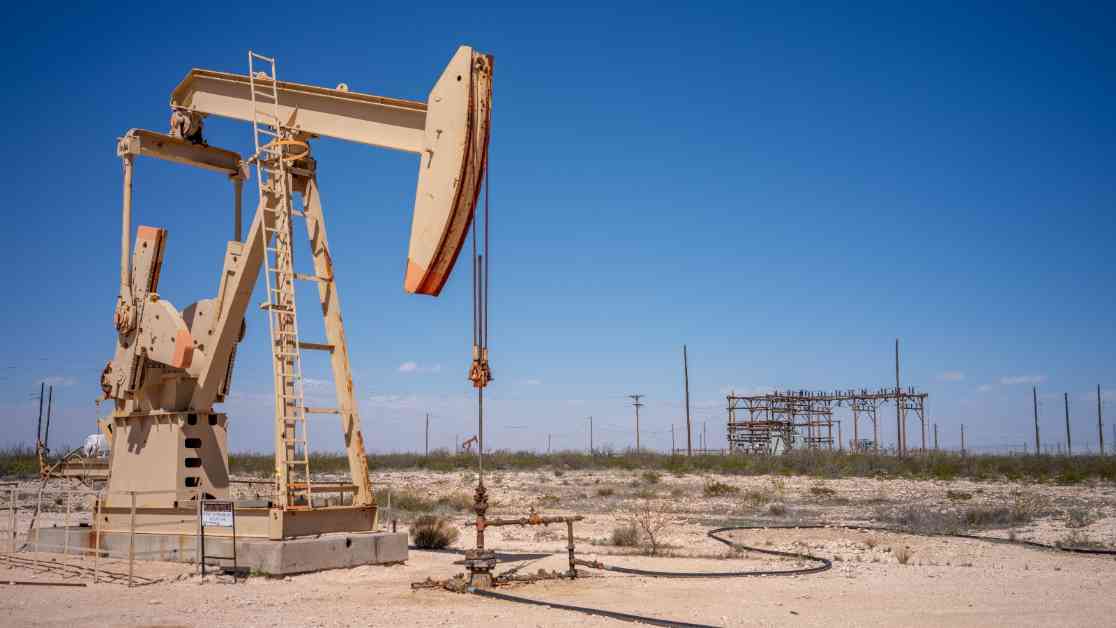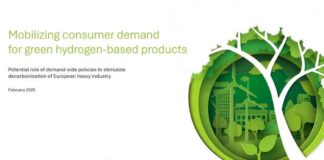Scott Mason IV has been appointed as the new leader of the Environmental Protection Agency’s Region 6, which encompasses regions known for oil and gas production and industrial pollution, such as Louisiana’s Cancer Alley, the Gulf Coast, and the Permian Basin. Mason, known for advising on Project 2025, a blueprint by the Heritage Foundation aimed at aligning the EPA with industry priorities, now steps into this pivotal role.
Regional Office Transition
While many environmental regulations are managed at the state level, EPA regional offices, including Region 6, oversee federal programs and permitting processes. Under the Biden administration, these offices played a significant role in disbursing funds for environmental initiatives, particularly focused on environmental justice, targeting marginalized communities disproportionately affected by pollution and climate change. Jen Duggan, from the Environmental Integrity Project, emphasized the crucial role of regional administrators in safeguarding public health from environmental hazards.
Earthea Nance, Mason’s predecessor, was known for her dedication to addressing pollution issues in the region and promoting environmental justice programs. Her substantial experience in disaster recovery and environmental advocacy earned her respect and appreciation from the region’s staff. Nance’s efforts were instrumental in highlighting persistent pollution challenges and championing climate-friendly initiatives.
Implications of Mason’s Appointment
As Mason steps into his new role, environmentalists express concerns about potential shifts in environmental justice efforts, especially given his background in Oklahoma politics. Mason’s ties to the state and his involvement in Project 2025 raise questions about his approach to environmental issues in a region heavily impacted by industrial activities. The looming layoffs at the EPA add a layer of uncertainty, with reports of potential job cuts affecting hundreds of employees, including those working on environmental justice programs.
Growing up in rural Oklahoma, Mason’s political aspirations were inspired by an encounter with former President George H. W. Bush. His journey through various roles, including directing the American Indian Environmental Office during the first Trump administration, reflects his commitment to public service. Mason’s vision for the region aligns with President Biden’s agenda and Administrator Zeldin’s initiatives, emphasizing a focus on advancing environmental protection and public welfare.
Challenges Ahead
The Heritage Foundation’s Project 2025, which Mason has been involved with, proposes significant changes to the EPA’s structure, including the potential elimination of key environmental justice and compliance offices. Environmental advocates warn that such moves could undermine protections for vulnerable communities in Region 6, particularly those affected by the petrochemical industry. The Biden administration’s efforts to address pollution disparities and invest in impacted communities face potential setbacks under this new direction.
Communities throughout Region 6, home to major oil and gas operations, have long grappled with pollution issues. Efforts to curb methane emissions and hold companies accountable for environmental violations have been critical in safeguarding public health. Collaborations between federal and state agencies, such as the partnership between the EPA and the New Mexico Environment Department, have yielded substantial environmental gains, emphasizing the importance of continued cooperation and oversight in the region.
In conclusion, Mason’s leadership in Region 6 comes at a critical juncture, with implications for environmental justice, regulatory enforcement, and public health in the region. As stakeholders navigate the evolving landscape of environmental governance, the balance between industry interests and public welfare remains a pressing concern. The decisions made by Mason and his team will shape the future of environmental protection efforts in the region, highlighting the need for transparency, accountability, and a steadfast commitment to safeguarding human health and the environment.














